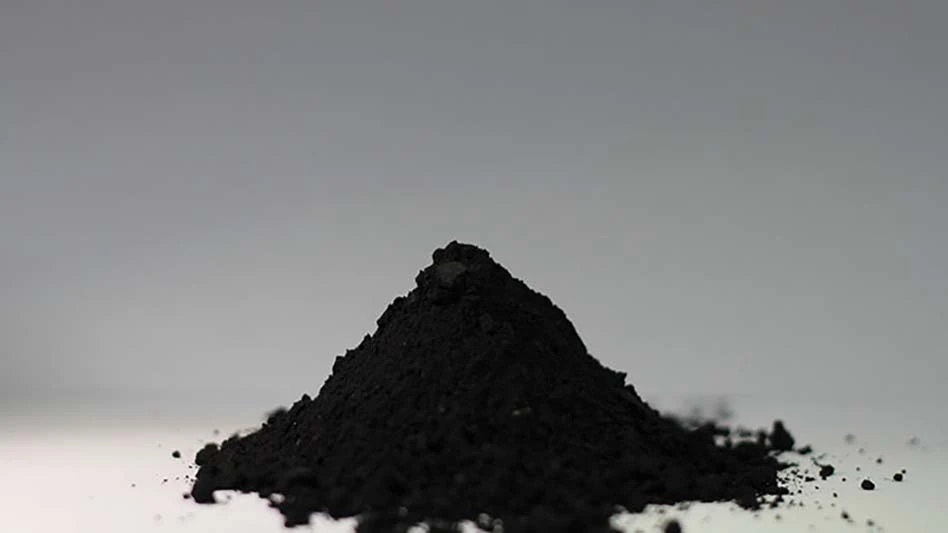
Republic Services, headquartered in Phoenix, is tackling the crisis of overly contaminated waste streams in today’s material recovery facilities (MRFs). With current residential contamination levels reaching as high as 30 percent or more, the company says it believes it is critical that processors send a clear message to the community about what is accepted in the recycling program while also employing the most advanced, flexible technology on the market to separate this evolving stream.
The company’s Plano, Texas, facility, which opened in April, has put community education at the forefront. A 5,000-square-foot learning center features interactive games aimed to educate the public on what materials are properly recyclable as well as an observation deck overlooking the 77,000-square-foot recycling facility itself. A video campaign called Recycling Simplified breaks down recycling into simple steps with easy-to-remember tips, such as a list of common items that do or do not belong in the bin.
According to the company, an engaged approach helps eliminate some common bad habits that residents can have when it comes to their curbside bin. Phenomena like “wishcycling,” a misguided hope that the recycling facility will know what to do with questionable items, are discouraged with the simple phrase “when in doubt, throw it out.”
When it comes to dealing with the material the plant does receive, which serves more than 510,000 residents and 2,500 commercial customers, Republic says it takes a unique approach with the technology on its sorting line.
To achieve high recovery of mixed paper that is clean and sellable with minimal quality control sorting, Republic uses equipment supplied by Stamford, Connecticut-based Van Dyk Recycling Solutions. Additionally, the company employs a positive sorting method that uses a combination of nonwrapping screens and optical sorters to separate and improve the quality of the fiber recovered from the stream. Optical units positively sort paper at the front end by identifying its material characteristics and separating it from the stream. With a higher purity fiber stream headed to quality control, the plant will need fewer manual sorters to remove nonfibrous materials.
To prepare the material for positive sorting, a nonwrapping old newspaper (ONP) screen separates paper from containers. Traditional inclining screens meant to do the same job get clogged with plastic films and other contaminants where separation cannot occur. Severely clogged screens are known to take well over an hour to clean after each shift.
Van Dyk’s nonwrapping screen, conversely, has a larger shaft with specially shaped and spaced stars, the company says. Because of this design, the company says it accumulates virtually no film wrapping and continues to separate materials at peak ability for an entire shift at full capacity. The company says the screen takes as little as 10 minutes to clean. Because the screen has larger and fewer stars, the need for replacement parts is significantly reduced.
This nonwrapping screen to optical setup gives Republic’s facility flexibility, Republic notes. The optical units can be reprogrammed on the spot to recognize and recover a different commodity, should the incoming stream undergo drastic changes. Four separate fiber storage bunkers store old corrugated containers (OCC) and three different grades of mixed paper to be baled separately or blended.
The design incorporates a monoplatform and second-level system access, which allows sorting personnel to safely access all quality control lines on a central platform without walking on the operating floor. The system also features an elliptical screen for film removal, another series of optical sorters to separate plastics, a systemwide dust collection network and a glass cleanup system proven to recover over 95 percent of clean glass via a specialized vibratory screen and density separator. A Bollegraaf HBC-120S baler is intended for baling fiber and OCC but is capable of baling all commodities for full baler redundancy.
Get curated news on YOUR industry.
Enter your email to receive our newsletters.
Latest from Recycling Today
- LME reports active Q2
- Liberty Steel assets facing financing deadlines
- Sims is part of Australian recycling loop
- Tariffs target steel exporters Brazil, Canada and South Korea
- Buy Scrap Software to showcase its software at Scrap Expo in September
- LG details recycling activities
- Algoma EAF is up and running
- Toyota-Tsusho completes acquisition of Radius Recycling






